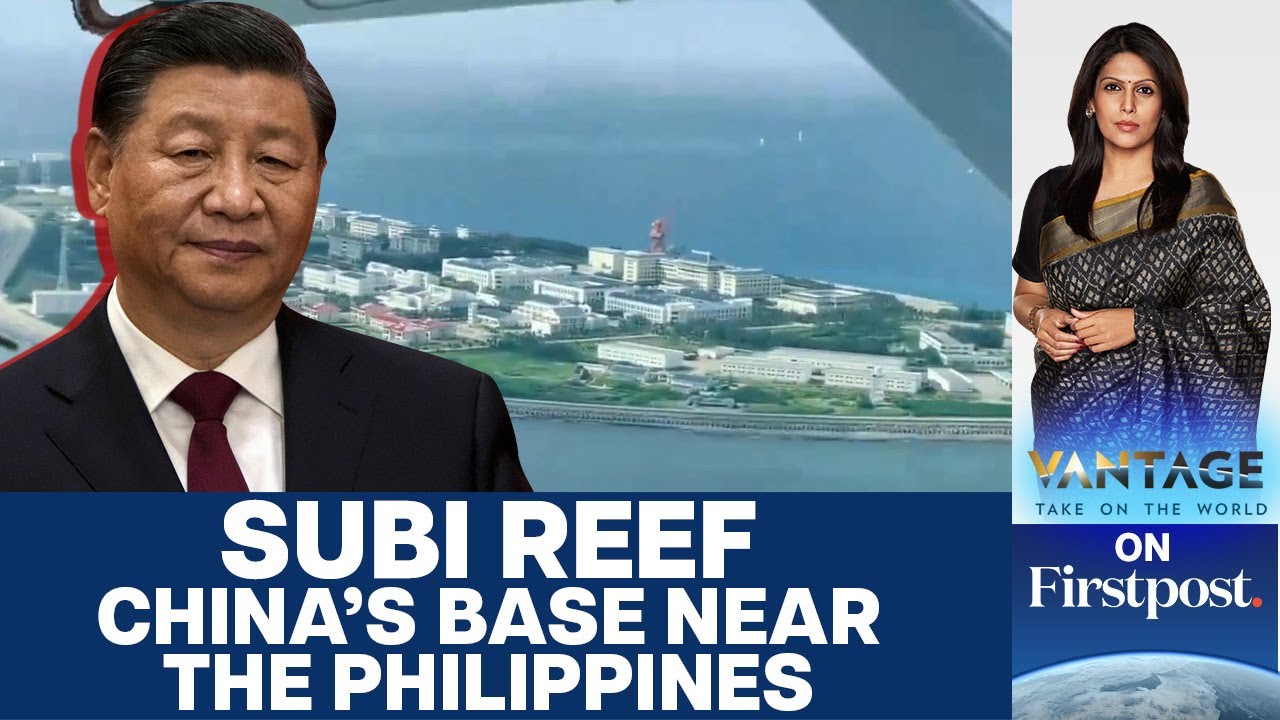WEST PHILIPPINE SEA: Territorial Waters of the Philippines but Controlled by China?
Summary
TLDRA Philippine boat and a Chinese ship collided near a contested reef in the South China Sea, escalating the ongoing territorial dispute between the two nations. The Philippines accused China of dangerous maneuvers, including firing water cannons at resupply missions. The South China Sea remains a strategic and contentious area, with both countries asserting sovereignty. The Philippines, backed by a 2016 UN ruling, challenges China's historical claims, which cover 90% of the sea. Diplomatic protests continue as tensions rise ahead of further planned supply missions by the Philippines.
Takeaways
- 🚢 A Philippine boat and a Chinese ship collided near a contested reef in the South China Sea, escalating territorial tensions.
- ⚠️ The Philippines accused China of harassing, blocking, and executing dangerous maneuvers in the West Philippine Sea.
- 💧 China allegedly used water cannons against a Philippine Fisheries Bureau vessel, sparking further condemnation from Manila.
- 🌊 The South China Sea dispute involves multiple countries, with China laying claim to 90% of the waters based on historical grounds.
- 🛳️ Philippine civilian vessels were targeted by Chinese Coast Guard ships, with reports of deliberate ramming and dangerous actions.
- 🌏 The UN ruling in 2016 favored the Philippines' territorial claims, but China rejected the decision and continues to assert control.
- 🎁 A planned Philippine 'Christmas Convoy' to deliver supplies to troops in the region faces challenges from Chinese interference.
- 🧭 The disputed region is a vital shipping route, with $5.3 trillion in annual global trade passing through the South China Sea.
- 🌐 China's controversial 'Nine-Dash Line' claim is based on historical maps, but it is disputed by several neighboring countries.
- 📜 The international community, including the US and other nations, supports the Philippines and opposes China's actions in the region.
Q & A
What led to the collision between a Philippine boat and a Chinese ship in the South China Sea?
-The collision occurred as a result of increasing tensions and territorial disputes between the Philippines and China over contested areas in the South China Sea. The Philippines accused China of harassment, blocking, and executing dangerous maneuvers.
What actions did the Chinese Coast Guard take against the Philippine vessels on December 9th?
-On December 9th, the Chinese Coast Guard fired water cannons at a Philippine Fisheries Bureau vessel conducting a resupply mission, according to the Philippines. China claimed they used control measures against ships that had intruded into their waters.
What international legal framework supports the Philippines' claims in the South China Sea?
-The Philippines bases its claims on the 2016 South China Sea arbitration under the United Nations Convention on the Law of the Sea (UNCLOS), which ruled in favor of the Philippines and invalidated China's historical claims over the disputed waters.
How did China respond to the 2016 arbitral tribunal's ruling?
-China rejected the arbitral tribunal's decision, deeming it illegal, null, and void. China has continued to assert its claims over the South China Sea based on historical rights, despite the ruling.
What is the significance of the 'nine-dash line' in China's claims over the South China Sea?
-The 'nine-dash line' is a demarcation line used by China to claim almost 90% of the South China Sea. This line extends into the exclusive economic zones (EEZs) of several neighboring countries, including the Philippines, Malaysia, Vietnam, and Brunei.
What actions did the US take in response to the incident between the Philippines and China?
-The US, through its ambassador to the Philippines, condemned China's actions and affirmed its support for the Philippines. The US stands by the Philippines in promoting a free and open Indo-Pacific.
How does the historical background of Scarborough Shoal play a role in the Philippines' claims?
-The Philippines bases its claim to Scarborough Shoal on historical records, including maps from the 1700s where the shoal was identified as part of Philippine waters. The shoal was first mapped by English cartographers and included in Philippine historical documents.
What did the tribunal find concerning China's activities in the Philippines' EEZ?
-The tribunal found that China violated UNCLOS by preventing Filipino fishermen from accessing traditional fishing grounds, constructing artificial islands within the Philippines' EEZ, and causing environmental damage through land reclamation.
How has China’s map changed in 2023, and what reactions has it triggered?
-In 2023, China released a new version of its map, reaffirming its claims to nearly all of the South China Sea through the U-shaped line. The map has been criticized by the Philippines, Vietnam, Malaysia, Taiwan, and India due to overlapping territorial claims.
What is the importance of the South China Sea in global trade?
-The South China Sea is a critical region for global trade, with an estimated $5.3 trillion worth of trade passing through its waters annually. Control over the sea has significant strategic and economic implications for the surrounding nations.
Outlines

此内容仅限付费用户访问。 请升级后访问。
立即升级Mindmap

此内容仅限付费用户访问。 请升级后访问。
立即升级Keywords

此内容仅限付费用户访问。 请升级后访问。
立即升级Highlights

此内容仅限付费用户访问。 请升级后访问。
立即升级Transcripts

此内容仅限付费用户访问。 请升级后访问。
立即升级浏览更多相关视频

Tit For Tat: Philippines Outwits China | Voice Of The Global South

South China Sea Tensions: Beijing says collision took place in West Philippine sea | WION

South China sea tensions: Philippines slams 'dangerous' acts by China | WION Pulse

China, hinikayat ang mga kabataang Pilipino na labanan ang "misinformation" | 24 Oras Weekend

China Militarises Island near the Philippines: How will Manila React? | Vantage with Palki Sharma

Duterte to be summoned to Senate-led drug war probe, says Bato | INQToday
5.0 / 5 (0 votes)
